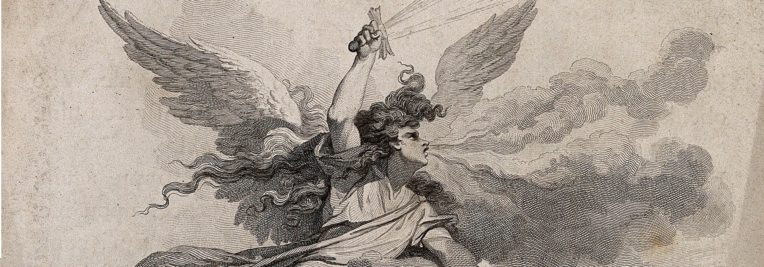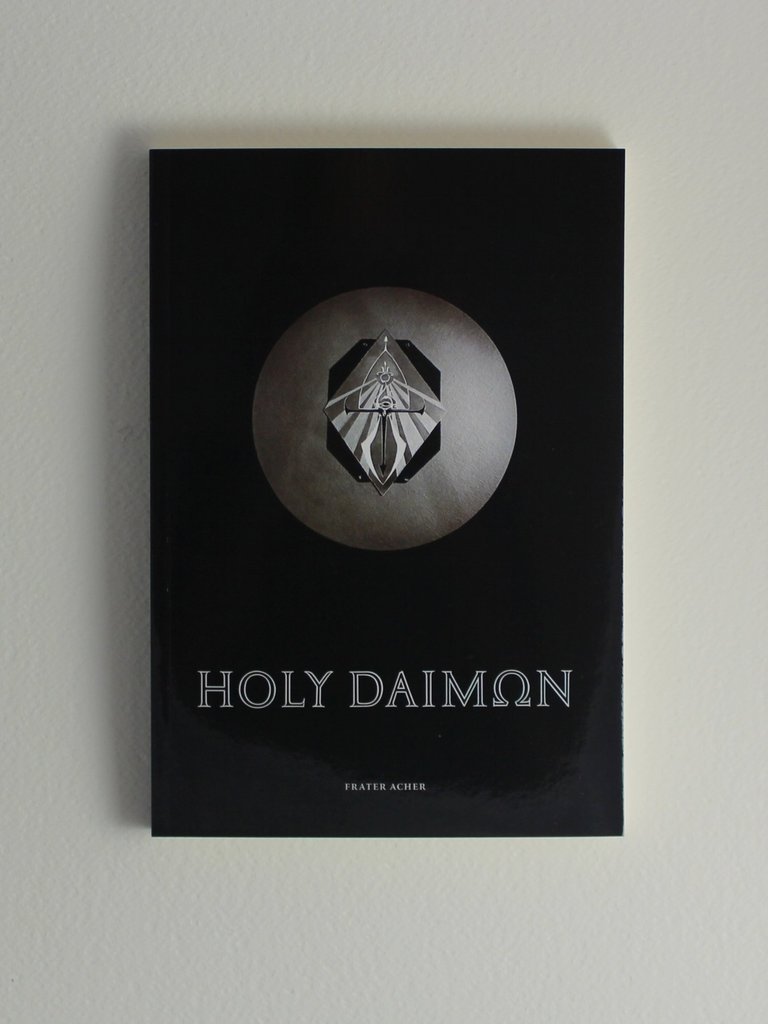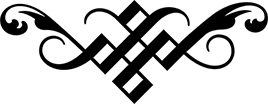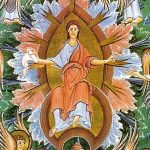There aren’t many esoteric authors today producing works with the kind of allure Frater Acher has achieved. His open and honest style has allowed him to combine anonymity with approachability, backed up by a level of scholarship and depth of understanding that many publications lining occult bookstores are not able to muster.
The fact that his works have been published by Scarlet Imprint is a testament to their quality (done justice by the beautiful hardcover editions), while also showing some of the ideological leanings that you can feel peppered throughout.
My first purchase from Frater Acher was actually a later book, Black Abbot: White Magic, that brought to life some important texts connected to the still somewhat elusive work of Johannes Trithemius. The translated contents of this book and the manner in which they had been produced in both a scholarly and practically useful manner, quickly made it clear that Frater Acher is not only the ‘real deal’ but also has something quite important to add to the varied halls of esoteric tradition.
However, it is not that book (or his more recent Rosicrucian Magic) that I will be looking at today, but rather his earlier text Holy Daimon. A work that explores the notion of reconnecting with one’s daimon or Holy Guardian Angel and how the concept came about both historically, particularly in regard to its ancient roots, and also experientially in his own life and Work.
Holy Daimon is separated into three sections (History / Memory / Practice), all of which are useful in their own way. The opening section provides much of the historical context needed to understand where the concept of the daimon originates and how it was viewed in different cultures from the Chaldeans, to the Zoroastrians, through to Ancient Greece. Although not as comprehensive as would be seen in more academic texts, it sets the scene nicely and provides enough information in an easily digested format.
The second section (Memory) presents a ritual diary from Frater Acher’s experiences with ceremonial magic designed to bring about a communication with his own holy daimon. Some people don’t like such expositions of practical work, finding them pretentious or egotistical, but I’ve always found them useful as they give insight into the nuance of how these workings play out. This can then be compared to your own experiences so far, as well as help formulate how you might approach future work to be done.
Being a substantial part of the book and accompanied by images of the ritual materials used, the inclusion of personal experiences in this manner provides an interesting balance between being open and adhering to the occult instruction ‘to Keep Silent’ (although I don’t personally believe that is intended so literally). However one might feel about this approach, the diaries are certainly to the advantage of the reader as the processes can be better understood and the thoughts presented are insightful – such as this on the naming of one’s ‘Genius’:
“Does the name of the Genius outlast my incarnation? Is it a key for which I will search again in my next life? Or is it a continually present expression of time, an arch which spans my possible life and decays with me after it has been lived? Is it a path or a goal? From the eyes of my mortal body it is both, my goal and a path.”
Holy Daimon, p79
The closing section, which gives practical exercises alongside more historical references to contemplate, is the one that I found most inspiring and where we get to see the breadth of wisdom that Frater Acher has garnered along his path. Not so much for the practical exercises, which have stripped out a lot of the evocative framing of religious texts for a more universally accessible approach; but the depth of knowledge and encouragement provided for those who are travelling through these experiences on their own. The perspectives given are not only relatable, but are given with a degree of authenticity that builds trust and facilitates spiritual growth.
Working with these aspects of religious experience, however you might define them, is a deeply personal journey that can be difficult to find guidance on. There are a lot of quite spectacular affidavits and effects described out there (from the grimoire tradition to more modern examples of magical exaggeration) that can make you question your own path and how successful it might have been so far. Why haven’t I experienced ethereal flames enveloping the room; or a crowned angel manifesting before me…have I made any real progress without such things?
The answer is often found in far more subtle experiences. Subtle, yet elevated to the profound heights of epiphany as to still make them overwhelming and difficult to fully grasp sometimes. Which doesn’t make it any easier to properly communicate or compare to the more evocative examples out there. Maybe those do arise in due course and our own time with the spectacular will come; but equally, then, we need to find encouragement through the subtle stages so that we know we are travelling in the right direction and slowly ascending to the peaks of mystical communion.
Frater Acher reaches into the ancient traditions to provide guidance on this issue, focusing in large part on the Greek Magical Papyri (PGM) and one particularly powerful aphorism:
“For you are I, and I am you; your name is mine, and mine is yours. For I am your image.”
Holy Daimon, p157
With historical, experiential and practical advice presented in a way that avoids many of the egotistical pitfalls that esoteric writers can suffer from, Holy Daimon is a book that I would highly recommend to anybody interested in theurgy or angelic magic. It is relevant across a wide range of traditions; useful for beginners to more advanced practitioners; and provides potent contemplative and practical tools for those seeking communion with their higher self and the divine presence within.
There’s a lot of personal flavour added into the mix here, but it is done in an effective manner that doesn’t seek to reinvent the wheel but rather make it more accessible and palatable to a modern practitioner. I would also highly recommend two of the websites that Frater Acher runs (TheoMagica and Holy Daimon) that provide further thoughts emerging from his own work, alongside text scans for anybody wishing to deepen their research into primary source materials.
The works of Frater Acher stand at the forefront of modern esotericism, combining both scholarly depth and practical usability while doing so with refreshing openness. That he does all of this without a social media presence adds to the feeling that this is a true adept trying to make the path that little bit clearer for others, while steering clear of some of the traps of materialism that many authors have fallen into.
I came to this book later than many, but it was brought to my attention at the time it was needed most. The work has been both informative and insightful, allowing new insights to emerge and providing some practices that have been incorporated into my own path successfully. I’ve not yet tried all of the practices included in the text, but can see through visualised reading of the rituals how they would be effective and bring about the desired results.
This is a book that has earned high praise and rightfully so, published at a time when authenticity was desperately needed. I can only really close this review with the concluding words from Frater Acher himself, that show how gently he guides the reader into the depths of spiritual insight:
“Our role in this journey is not to be the protagonist, but the substance that is acted upon. We are not the alchemist, but the powder in the flask. We are not the mason, but the raw stone in the quarry. Nature is the wisest being of all, and perfectly capable of bringing about communion with our holy daimon entirely by itself. All we need to do is create the right conditions so that this process can happen right here, and right now. May the art and the artist be united perfectly within us.”
Holy Daimon, p172







